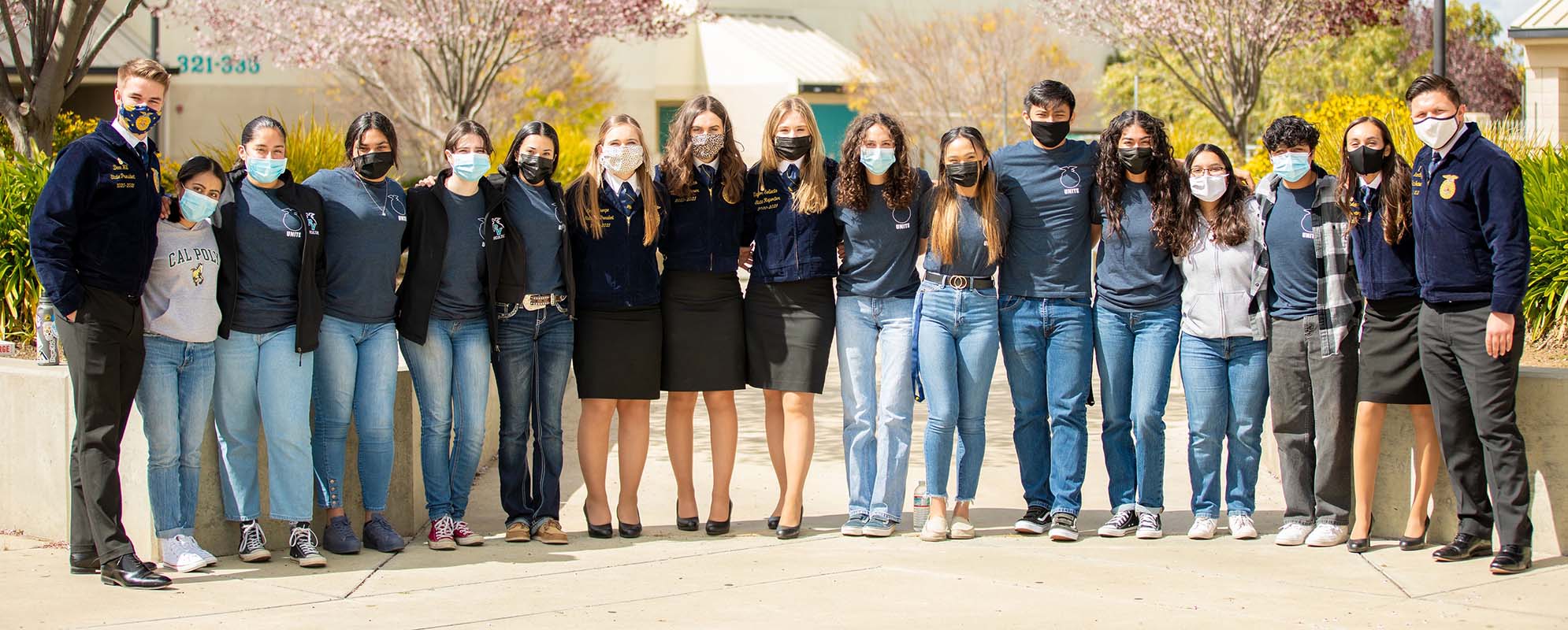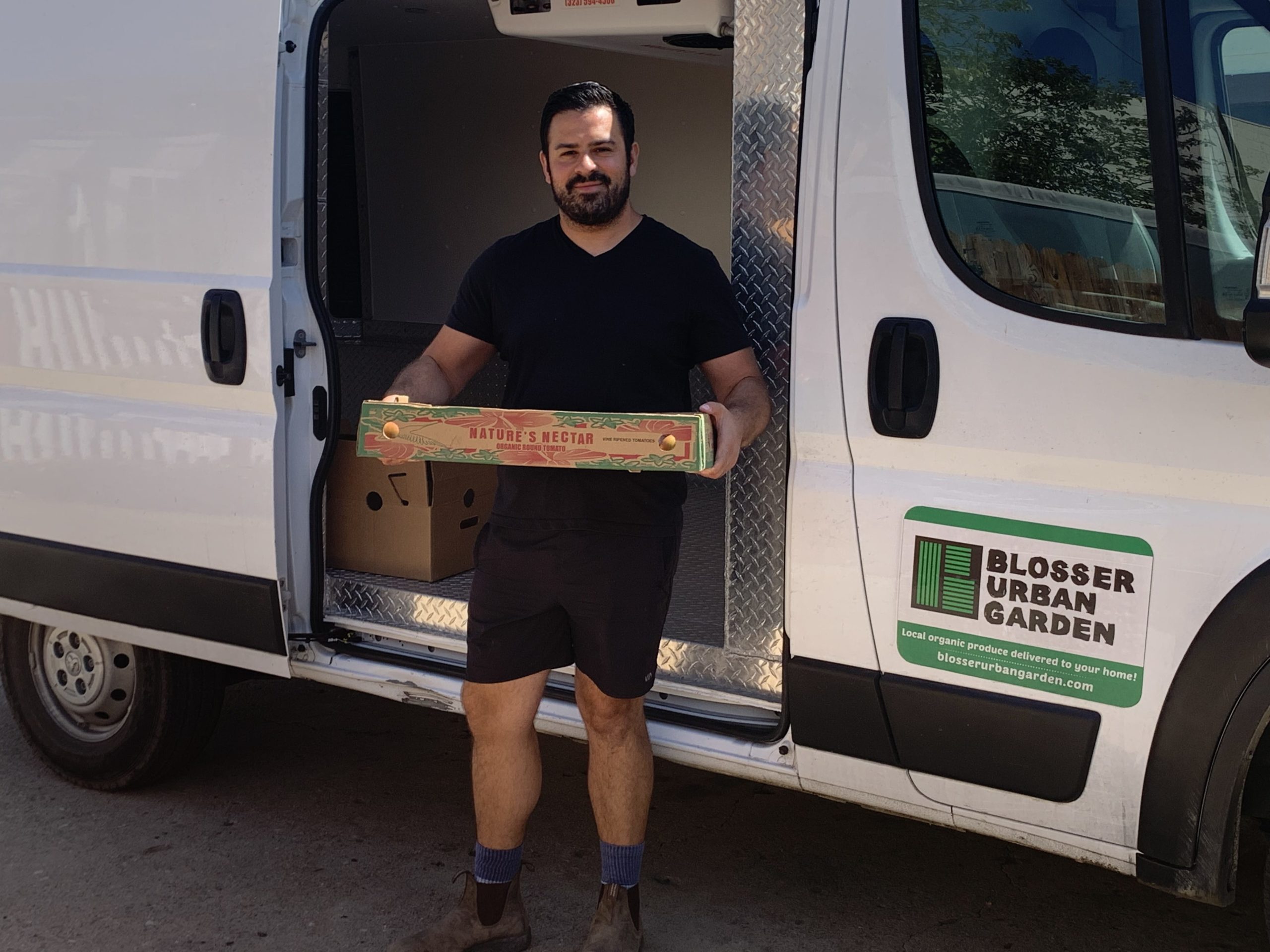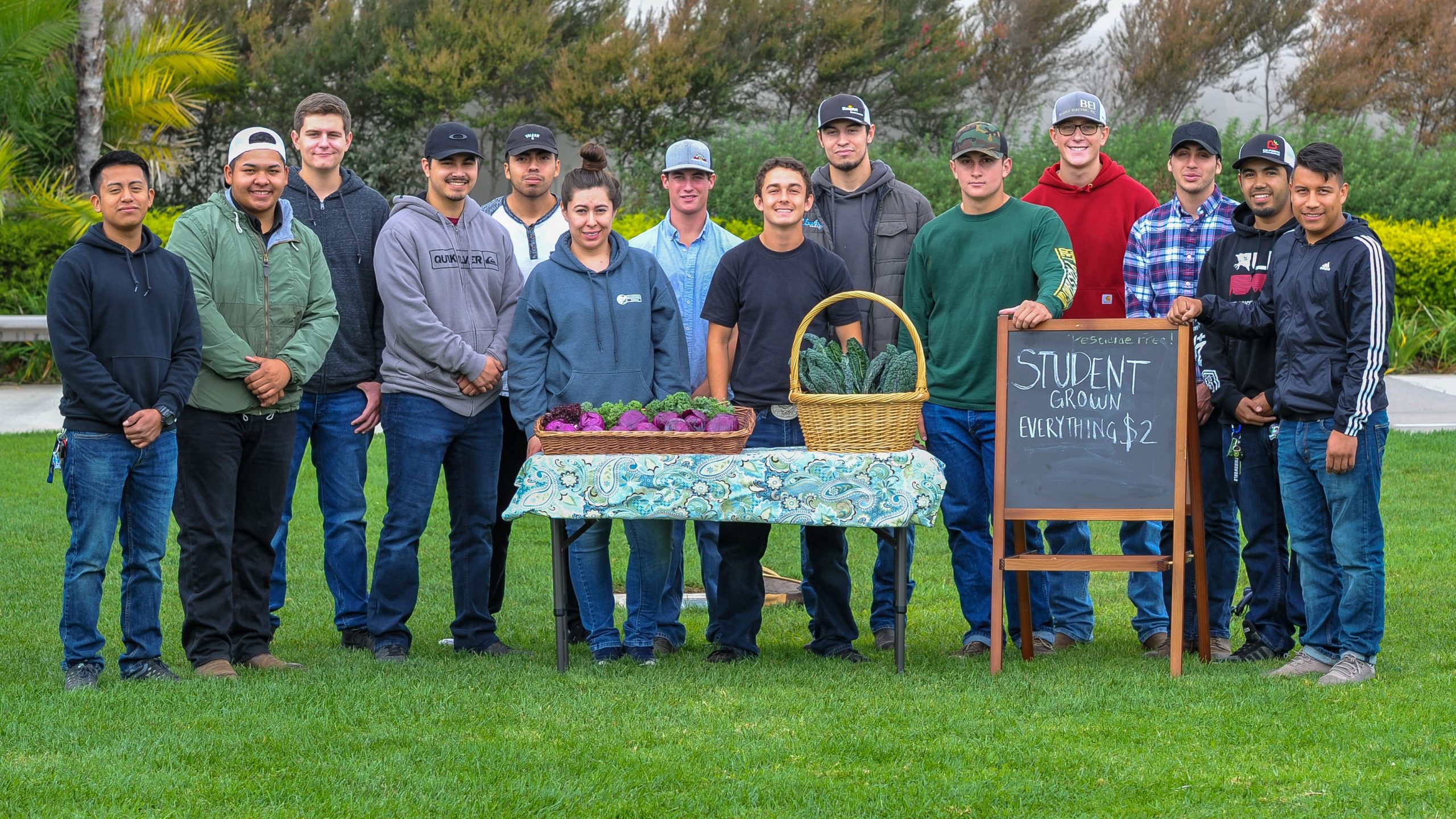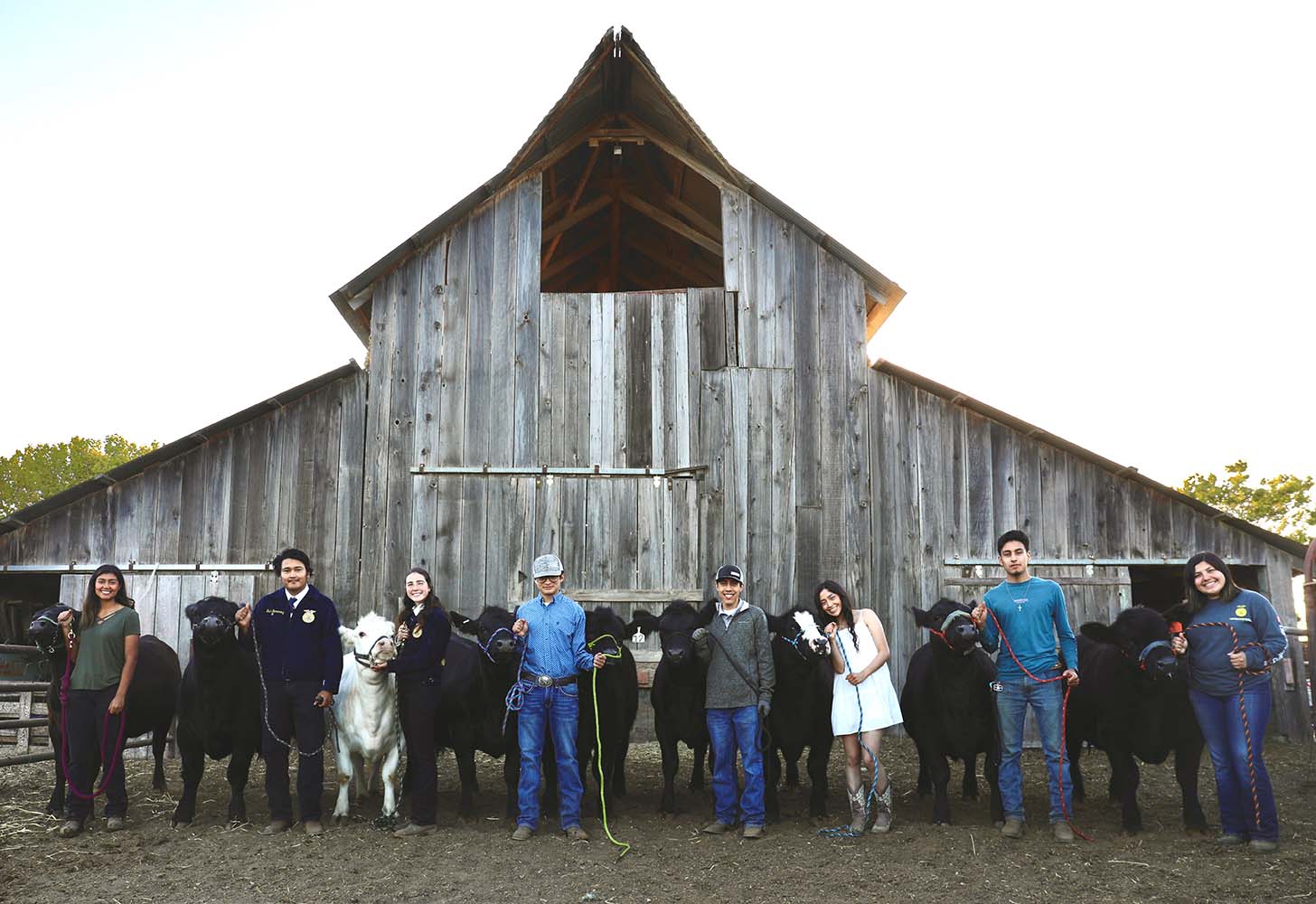With 30 percent of regional jobs being in agriculture, it is no surprise that Santa Maria Valley Joint Union High School District (SMJUHSD) offers a robust agriculture program to prepare the next generation of leaders in this industry. Informed by the California Agricultural Education Program three-pronged learning model, SMJUHSD students opt into the program when they are in junior high; once they start high school, they choose to take courses in one of five pathways: Agriscience, Ornamental Horticulture, Agriculture Mechanics, Animal Science, and Agribusiness. About 2,500 students are enrolled in the program district-wide – and that number continues to grow.
Tyler Dickinson, an agriculture science and biology teacher at Pioneer Valley High School, speaks to the goal of the program: “We want to offer our students who may have had no or limited experience with agriculture exposure to the wide world of opportunities in this field. It’s not just about growing crops, picking produce, or managing livestock. It’s also soil and plant science, sustainability, advising and consulting, sales and marketing.” If students get hooked on agriculture and want to pursue a career in the industry, they are well positioned to do so: the program is a University of California-approved agriculture science track and Allan Hancock College offers concurrent enrollment with the district’s three high schools, so students can work toward an associate degree while still in high school.
In addition to classroom instruction, students engage in a Supervised Agricultural Experience (SAE) and have the option to join their school’s Future Farmers of America (FFA) chapter. A critical component to the Agricultural Education learning model, the SAE is where learning comes to life. With help from their agricultural teachers, students develop an SAE project based on one or more SAE categories. Students create a written plan for their project, documenting their time and finances, and evaluating their project’s impact. With these projects, students can advance in the program and provide a pathway for students to earn over $2 million in scholarship awards at both the state and national level. The Patch Santa Maria is a popular site for Santa Maria Valley high school student SAE projects, where students can engage in hands-on learning from seed to sale.
In September 2021, the Santa Maria Career Technical Education (CTE) Center & Agriculture Farm launched to offer additional educational programs and hands-on learning opportunities for students in the agriculture program. Although agriculture courses won’t be offered onsite until later this year or early next, teachers and staff like Dickinson envision utilizing the Center and its 15 acres of farmable land for invaluable real-life education that students can only experience by getting their hands dirty. There are also plans to develop a student-led CSA program and farm stand.
Learn more about California’s Agricultural Education Program and ask your local junior high or high school about their agriculture program.





